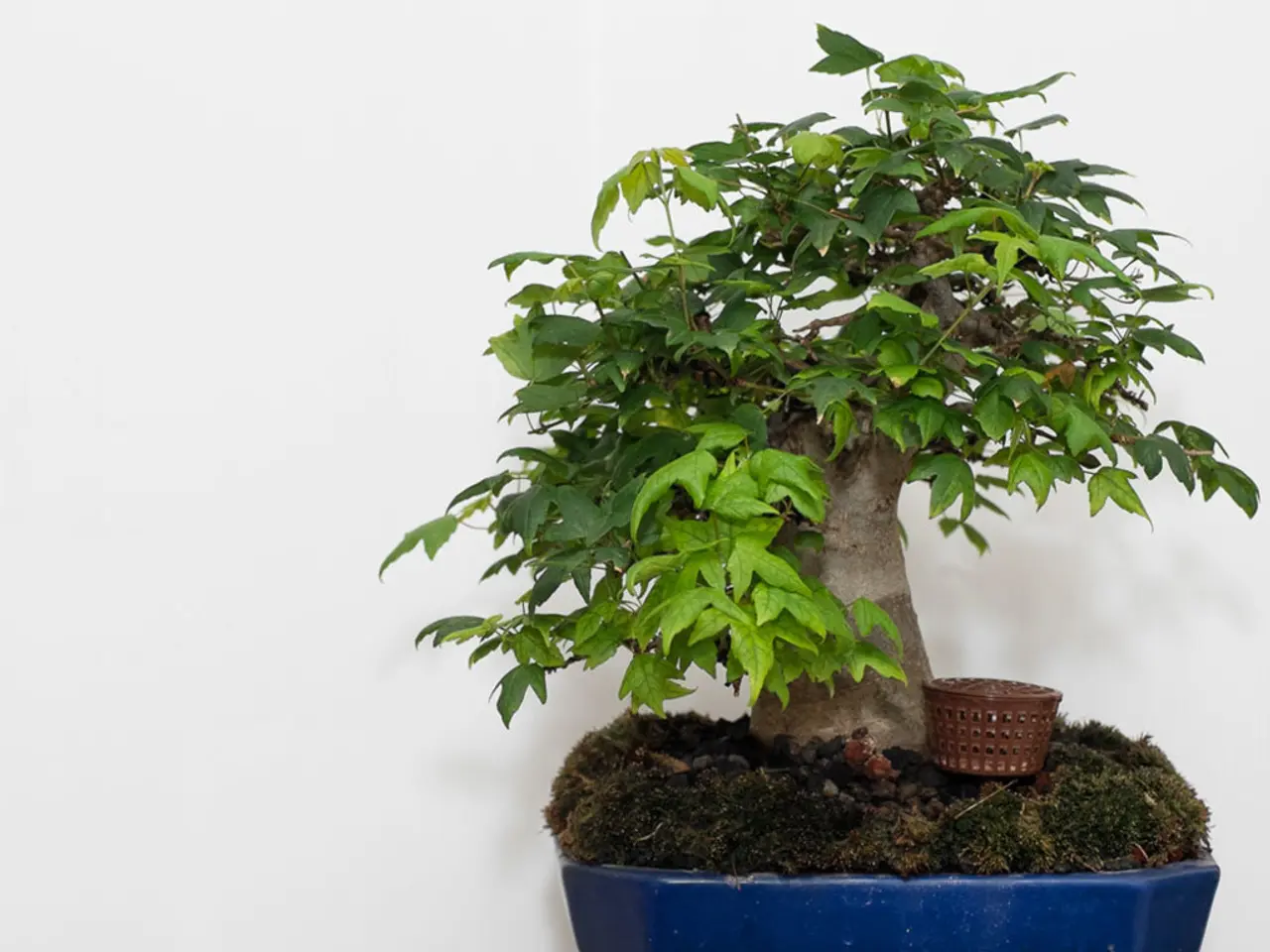Top Recommended Indoor Bonsai Species and Their Cultivation Guidelines
For those new to the world of bonsai, choosing the right tree can be a daunting task. However, several species are ideal for beginners due to their ease of care and adaptability. Here's a guide to some of the best indoor bonsai trees for novice growers.
## Best Indoor Bonsai Trees for Beginners
### Ficus Bonsai
Known for its aerial roots, thick trunk, and vibrant green foliage, the Ficus Bonsai is a hardy and forgiving choice. It prefers bright, indirect sunlight and stable warmth, and is tolerant of low humidity and minor mistakes in care.
### Dwarf Mini Jade Bonsai
The Jade tree is an excellent option for those seeking a low-maintenance indoor bonsai. Extremely hardy, it can survive with less light and requires minimal watering due to its succulent nature.
### Serissa (Tree of a Thousand Stars)
While requiring more attention to light and watering, the Serissa, or Tree of a Thousand Stars, is a favourite among enthusiasts for its delicate beauty. It thrives in bright, indirect light and well-draining soil.
### Schefflera (Umbrella Tree)
The Schefflera, or Umbrella Tree, grows quickly and requires minimal fuss, making it a great choice for beginners who want to see rapid results. It prefers bright, indirect light and consistent watering.
### Chinese Elm
While often used outdoors, the Chinese Elm can thrive indoors as well. It is hardy and adaptable to varying conditions, making it a versatile choice for beginners.
## General Tips for Indoor Bonsai Care
1. **Lighting**: Place trees near a south-facing window in the Northern Hemisphere for optimal natural light. Rotate trees regularly for balanced growth. 2. **Watering**: Water based on the tree's needs, ensuring the soil drains well to prevent root rot. 3. **Temperature**: Most indoor bonsai prefer temperatures between 65°F and 75°F (18°C and 24°C). 4. When watering indoor bonsai, let the water soak all the roots until water runs out of the drainage holes in the pot. 5. To maintain humidity for indoor bonsai, consider using a humidity tray, misting the tree, or allowing warm air to circulate through an open window.
Each of these indoor bonsai trees offers unique characteristics and care requirements, but all are suitable for beginners looking to start their bonsai journey. Happy growing!
For those seeking to broaden their bonsai repertoire beyond the indoor, the Chinese Elm, known for its adaptability, can also flourish as an outdoor bonsai, making it a versatile addition to one's home-and-garden lifestyle. On the other hand, for those keen on maintaining a bonsai-centric indoor lifestyle, the Ficus Bonsai, with its vibrant green foliage and hardy nature, is an ideal choice.




